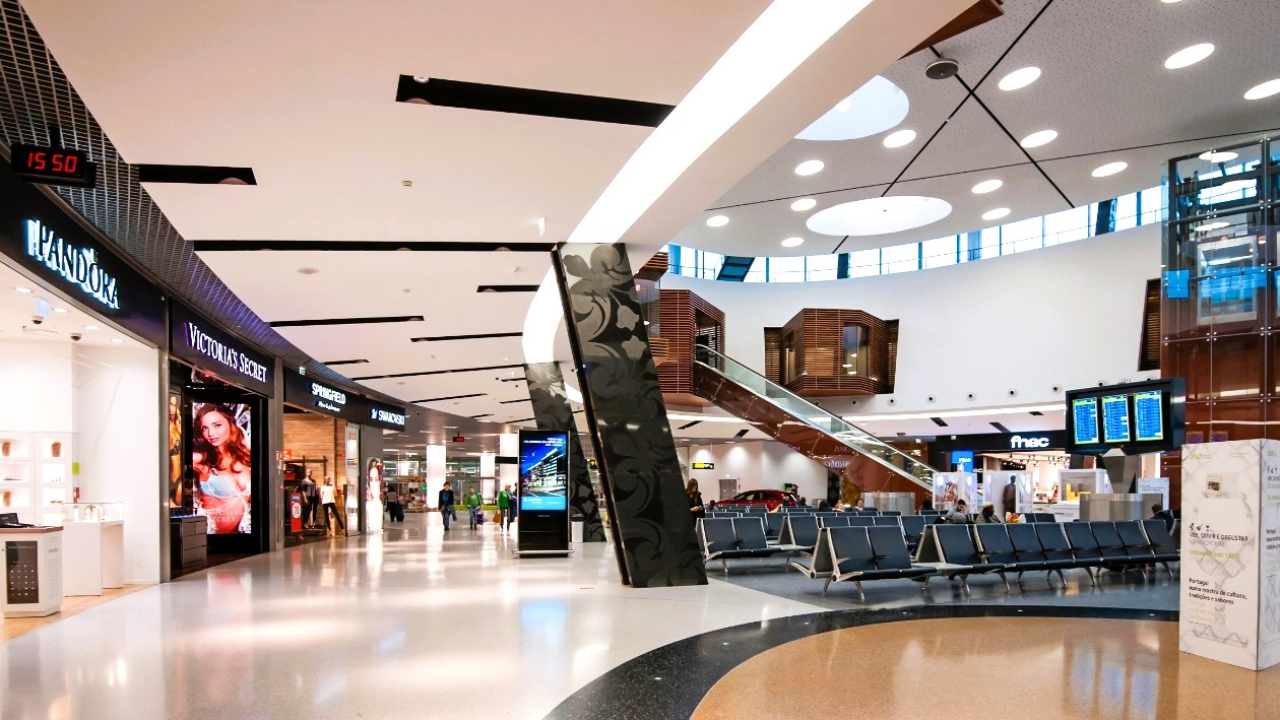How to Redesign Terminals for the Best Next-Gen Consumer Experience (Part 1)
Paula Santos
November 1, 2023

Retailing showcase at Lisbon International Airport.
© ANA Aeroportos de Portugal
In the digital age, the once mundane experience of air travel has evolved into a dynamic journey characterized by seamless connectivity and personalized engagement.
As the focal point of this transformative process, airports are redefining their roles, shifting from conventional transit hubs to experiential destinations that cater to the diverse needs and preferences of the modern traveler.
Understanding the significance of adapting to changing consumer behaviors, particularly post-pandemic, airports worldwide are increasingly investing in innovative terminal layouts and commercial strategies to create unparalleled travel experiences.
Understanding Consumer Evolution
The contemporary traveler is no longer satisfied with a mere point A to point B journey. Empowered by technology and inundated with a plethora of options, travelers now seek experiences that cater to their individual preferences and needs.
From digitally savvy Millennials to seasoned business travelers, the demand for intuitive, hassle-free travel experiences transcends demographic boundaries. This paradigm shift in consumer behavior has prompted airports to reevaluate their approach to terminal design and commercial offerings, focusing on creating an ecosystem that anticipates and fulfills the unique demands of each customer.
In the ever-evolving landscape of consumer behavior, when starting a project to expand or refurbish a terminal, airports first need to understand the diversity of passenger segments that will use it, their needs and expectations, so that they can effectively target them and thus future-proof the terminal design and chosen commercial concepts.
No Longer Just Transit Points
Understanding these nuanced passenger segments (see below for examples) allows airports to develop targeted strategies that not only enhance overall satisfaction but also contribute to increased commercial revenue and customer loyalty. By aligning expansion and refurbishment efforts with the specific demands of each passenger group, airports can foster an environment that resonates with the diverse preferences of their clientele, ultimately positioning themselves as tailored destinations rather than mere transit points.

© Kilsa Group
In airport management, the integration of segment-specific strategies represents a fundamental step towards creating inclusive and engaging travel experiences that cater to the multifaceted needs of the modern traveler.
By embracing a consumer-centric approach that acknowledges the distinct personas traversing their terminals, airports can set a new standard for tailored and personalized services, solidifying their position as dynamic and customer-oriented hubs in the global travel landscape.
The modern airport terminal is no longer just a space for transitory activities; it has transformed into a multifaceted environment that aims to provide a holistic travel experience. To achieve this, airports are adopting innovative terminal layouts prioritizing passenger comfort, convenience, and efficiency. By placing the passenger at the center of the design process, airports are creating environments that facilitate smooth transitions and elevate the overall travel experience.
In Part 2 of this report (to be published on November 8), we will look at 10 innovative but practical solutions—from sustainability and wellness to flexi-spaces and department-store concepts—that can be integrated into airport terminal designs to create the vibrant and engaging environments for passengers that I have alluded to above.
[Paula Santos is Managing Partner of KILSA Group which optimizes non-aviation revenues for its clients. Santos is an expert in this field, with 20 years of experience in management consulting and a specialist in supporting airports and other transport infrastructures, using an integrated approach that combines market, operational, commercial, and design aspects. In the last eight years, she has also led 30 transaction-based assignments having advised on major privatization projects focusing on due diligence, detailed business models, and planning.]
